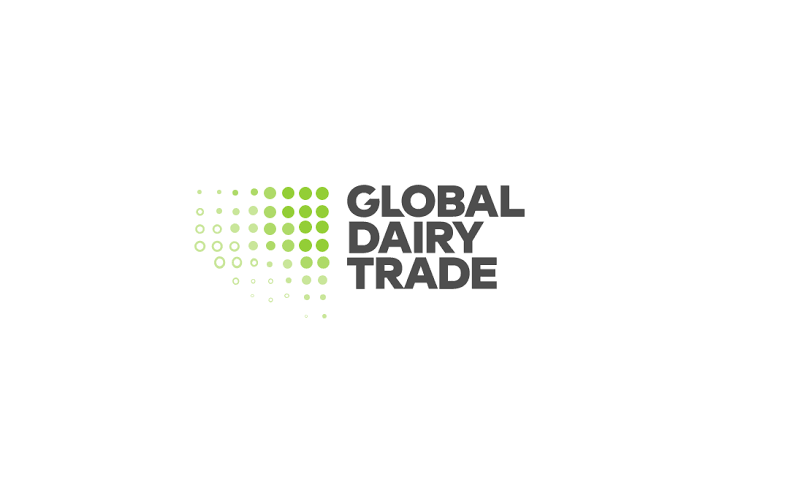U.S. Dairy Exports Make Big Inroads into Canada
Sourse: dairynews.today
The United States has significantly increased its dairy exports to Canada, despite ongoing tariff disputes.

Trade data shows that the United States is selling more dairy products to Canada. Over the past few years, American exports of cheese, butter, whey and other dairy products to Canada have climbed by 67 percent, from C$525 million in 2021 to $877 million in 2024, according to Agriculture Canada.
While this is a win for U.S. dairy farmers, former President Donald Trump has emphasized Canadian tariffs, calling them 'outrageous' with rates between 250 to 390 percent. These figures, although substantial, are partly misleading, notes agricultural economist Chris Wolf from Cornell University. He states that the tariffs only apply if export volumes exceed Canada's import quotas. Wolf explains that U.S. dairy exports do not exceed these quotas, and thus the tariffs are largely hypothetical in practice.
However, they serve as a protective measure for the smaller and less efficient Canadian dairy industry. American farms tend to be larger and more efficient, with average herds of 1,000 cows or more, whereas Canadian farms average 96 milking cows. The Canada-U.S.-Mexico Agreement has facilitated increased access to Canada's market for U.S. dairy, boosting U.S. exports by 60 percent.
If Canada's supply management system were abolished, it could potentially become a significant competitor to the U.S., particularly in regions like Ontario, known for its optimal land for milk production.
While this is a win for U.S. dairy farmers, former President Donald Trump has emphasized Canadian tariffs, calling them 'outrageous' with rates between 250 to 390 percent. These figures, although substantial, are partly misleading, notes agricultural economist Chris Wolf from Cornell University. He states that the tariffs only apply if export volumes exceed Canada's import quotas. Wolf explains that U.S. dairy exports do not exceed these quotas, and thus the tariffs are largely hypothetical in practice.
However, they serve as a protective measure for the smaller and less efficient Canadian dairy industry. American farms tend to be larger and more efficient, with average herds of 1,000 cows or more, whereas Canadian farms average 96 milking cows. The Canada-U.S.-Mexico Agreement has facilitated increased access to Canada's market for U.S. dairy, boosting U.S. exports by 60 percent.
If Canada's supply management system were abolished, it could potentially become a significant competitor to the U.S., particularly in regions like Ontario, known for its optimal land for milk production.











